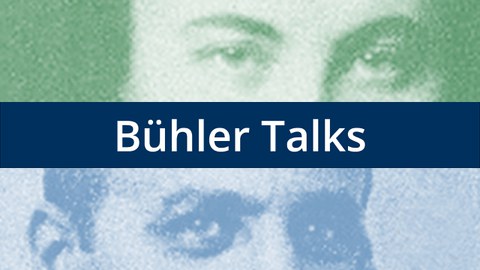14.04.2021; Vortrag
Bühler-KolloquiumJ. Groh: Computations for representing space within and across the senses
Abstract
How our senses work both separately and together involves rich computational problems. I will discuss the spatial and representational problems faced by the visual and auditory system, focusing on two issues.
1. How does the brain correct for discrepancies in the visual and auditory spatial reference frames? I will describe our recent discovery of a novel type of otoacoustic emission, the eye movement related eardrum oscillation, or EMREO (Gruters et al, PNAS 2018).
2. How does the brain encode more than one stimulus at a time? I will discuss evidence for neural time-division multiplexing, in which neural activity fluctuates across time to allow representations to encode more than one simultaneous stimulus (Caruso et al, Nat Comm 2018). These findings all emerged from experimentally testing computational models regarding spatial representations and their transformations within and across sensory pathways.
Further, they speak to several general problems confronting modern neuroscience such as the hierarchical organization of brain pathways and limits on perceptual/cognitive processing.
https://tu-dresden.zoom.us/j/81228738941?pwd=VFBTNWdDWDhoeWdmTjhibkRIVi9Odz09
Meeting-ID: 812 2873 8941
Kenncode: &R5h&?T2

